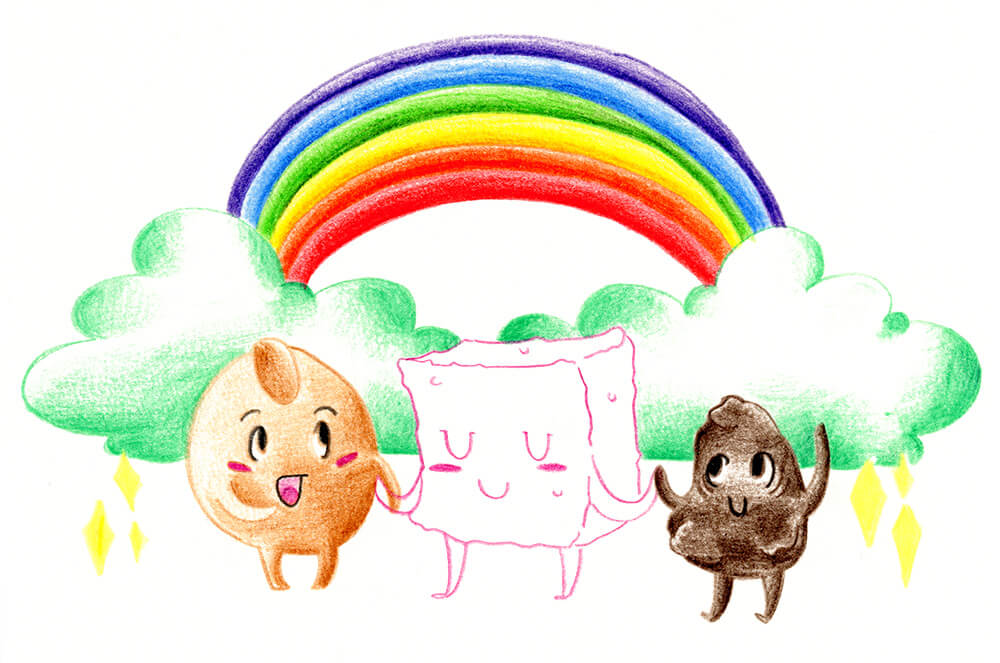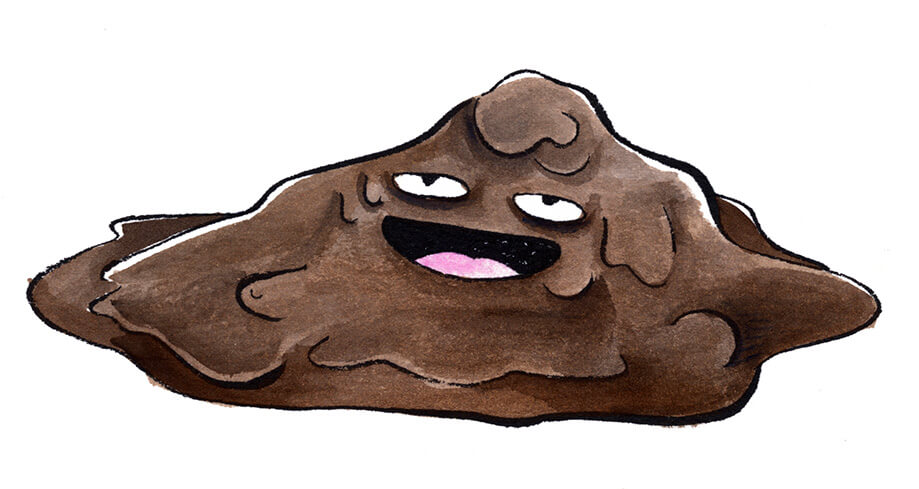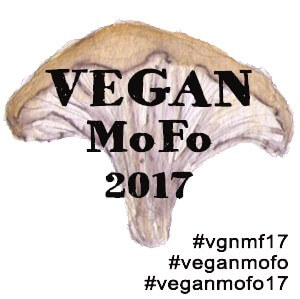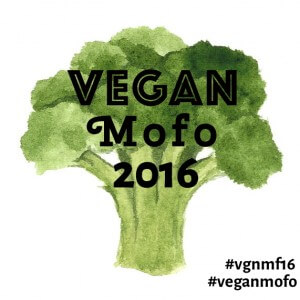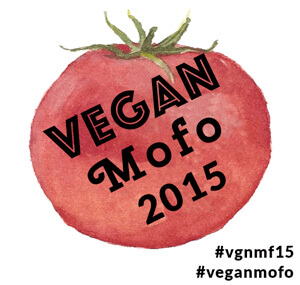May 29, 2015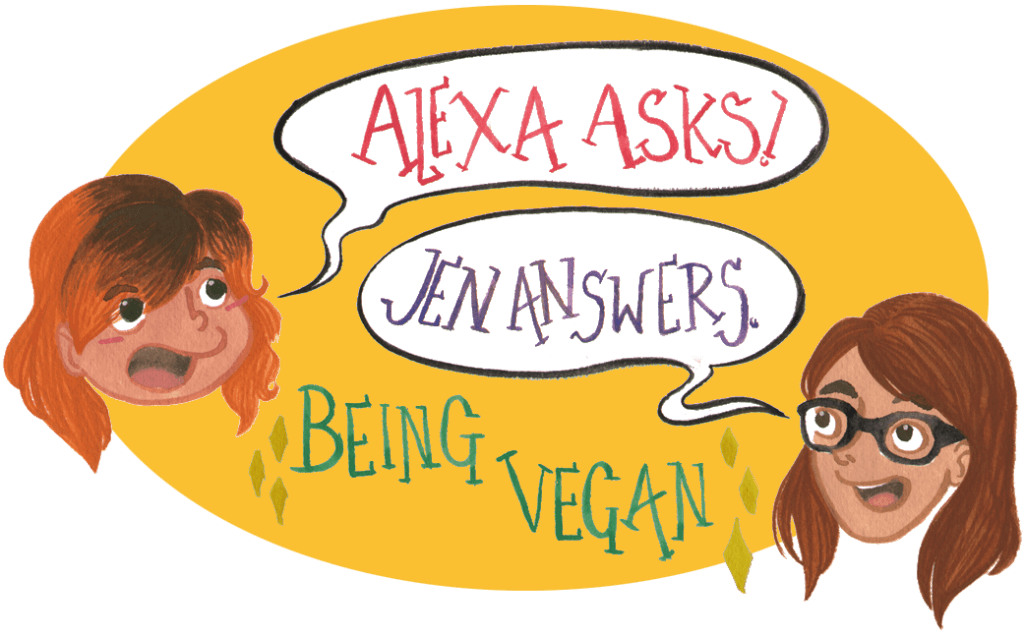
Alexa is working toward a vegetarian diet, and is loaded with questions. Jennifer’s got answers. We talk about anything as long as it is vegan. Are tattoos vegan? How do I politely not eat Thanksgiving dinner? How do I order without pissing off the waitress? We know you are dying to ask!
 I’m currently on a diet that limits my soy intake – what are some good soy substitutions (tofu, tempeh, etc.)?
I’m currently on a diet that limits my soy intake – what are some good soy substitutions (tofu, tempeh, etc.)?
Although I have some beef against some of the anti-soy people out there, I am fully aware some people simply can’t have it. Most of the time it is allergies, but I’ve heard some people say it isn’t the greatest for people how have thyroid issues. But if anyone gives a reason that they don’t eat soy because of the “estrogen” in it, I call them out on it. There is actual estrogen in meat and dairy, and soy has a component that looks like estrogen and sometimes our body reads it.
That being said let’s talk about replacements! Well, there are some basic soy products that people are making substitutes for, so if you still want to partake in them, you can buy soy-free counter parts.
Miso: Many people are using other beans in miso to make them gluten-free and soy-free. They tend to be on the higher end of the price spectrum so keep that in mind. One is a chickpea barley miso from South River and another chickpea miso by Miso Master (this one you will most likely find in stores!)
Tofu: If you are feeling a little adventurous in the kitchen, you can make a soy-free tofu. There are two methods, one is chickpea tofu (or also called Burmese Tofu) and the other uses lentils. It is a little work, but it could fill in the desire for tofu. No major companies make this yet. Try out this recipe using besan or this video for Burmese Tofu and this other that shows you how to use lentils.
There is also a hemp tofu by Tempt. The company is pretty big, but I personally have yet to see their hemp tofu in stores. Take a look around next time you are in a grocery store though!
Tempeh: There are a few places that are now making a soy free tempeh. If you know how to make tempeh, it isn’t hard to omit soy all together. You can use other grains and beans in place of soy. BUT if you are lucky enough there are two companies that make black bean tempeh, Smiling Hara Tempeh (local to North and South Carolina) and Lalibela Farm (which is local to Maine). Take a look at your grocery aisle though, just in case there other companies I don’t know about!
Soy Sauce: Although soy sauce isn’t high in protein, you may still want to have some. A lot of people really like coconut aminos. It pretty much uses the same process as soy sauce only with coconuts.
Faux Products: A lot fake products use soy, but there is almost always a soy-free alternative. For example faux mayo, margarine, faux cheese, etc. Just flip to the back and quickly check, but most of the time they have “soy-free” on the front. They will probably not be as high in protein as their soy counterparts.
So what about other sources of protein? Where else can you get more protein? Well, getting your 10% of protein of your day isn’t hard, but it can be harder if you are trying to get more for weight training. I find myself using protein powders in my shake after a workout for an extra boost. So the need for protein can be a real concern. So where can you get it?
Protein Powders
I’ve mentioned protein powders in the Should I Use Protein Powders question. The three main protein powders out there that are vegan and aren’t soy are pea protein, brown rice protein, and hemp protein. Each has their own flavor and texture profiles. Because of this there are lots of blends out there. I like to shop around, going to vitamin shops, independent health food stores, and major chains so I keep prices in the back of my head. Also keep in mind not all powders are equal. Read ingredients and make sure you can read and understand most of them. I personally find Vega to the tastiest, but Sunwarrior is pretty tasty as well. Again, search around and figure out what you like.
A cool thing that you can do is mix in protein powders in other foods. For example you can stir some powder in your chia pudding, pancakes (or any other baked good really), parfaits, oatmeals, mashed potatoes, burgers, ice creams, lattes, lentils, soups, pretty much anything. If you are interested in boosting your proteins with powders, I suggest sticking to “pure” one ingredient protein powders and getting unflavored. Seems boring but it will work with sweet and savory.
Nuts and Seeds
Nuts and seeds can be great for extra protein. What makes them particularly great is that you get some nice healthy dose of healthy fats as well, which will help you absorb vitamins from your veggies (yup, you still need fat!) What makes nuts and seeds so great is that there is a lot of variety. Some commons “nuts” are peanuts, cashews, pecans, walnuts, and almonds. But since a lot of people have allergies, you can usually use some sort of seed instead like sunflower seeds, hemp seeds, flax seeds, chia seeds, or pumpkin seeds.
Then take it a little further. Lots of seeds and nuts can be made into milks. You can make them at home with a blender and a nut bag, or you can buy them pre-made in a grocery store. They also make many other products like nut butters, yogurts, and nut cheeses (which you can also make at home). Flax, hemp, and chia seeds are particularly great because they are high in omega-3 fatty acids, and have a thickening quality. So if you add a tablespoon to your shake, you can get a nice texture to it.
Lentils & Beans
This is honestly where I get 80% most of my protein. Heck even most protein powders use beans (hello soy and pea protein!) They are cheap and well established in many different cuisines. How you buy them is up to you. You can buy them dried, canned, or frozen. I personally try to buy them dried and freeze any extra to save the most amount of money.
But what can you use beans and lentils in? Well some answers will be obvious, a side, chilis, soups, baked beans, tacos, burritos, rice and beans. You can make your own vegan bean burgers, which there are MANY different styles out there. In the same vain, there are many baked falafel recipes that are low in fat. There are lots of casseroles that use beans, which can vary from tex mex, to greek, so you have lots to play with. Some recipes use beans in pasta, tossed with the pasta, or sometimes blended up in a sauce. You can even make little bean balls to make spaghetti and bean balls. Once you start to look around, you will find the possibilities are endless.
There are also various bean flours that you can work into other recipes. For example if you are making a baked falafel, instead of using whole wheat flour you can use besan, a chickpea based flour. There is even a recipe for a vegan omelette using besan! There are tons of other bean flours that you can sneak into recipes where flour is used. I would stick to more savory recipes. If you sneak them into desserts you will probably have to add more sugar to mask the flavor, and you don’t want to have to do that.
And don’t overlook lentils! They are a little tricky to incorporate since they tend to be a little more “fluid” than beans. They are smaller and tend to be found in soups since they are so fast to cook in comparison. They are great to sub in a recipe that uses ground beef since of their small texture. But if you are a fan of Indian food, you will find lots of “dal” recipes, or recipes that use lentils.
And FINALLY you have your young beans. That would include green beans, edamame (soy), peas (pod peas, snow peas, snap peas), lima beans, fava beans, and cranberry beans. Some of these beans are not as common are hard to find fresh (for example you will most like find fava, pod peas, lima, and edamame frozen) while some are you see all the time (green beans and pea varieties). These fresh beans tend to have less proteins than their dried counterparts. But if view them as a sub for a veggie side, it’s just added protein.
Dark Leafy Greens
Pound for pound leafy greens have more protein in them than meats. Find that hard to believe? Well, it isn’t once you see how much a pound of greens is compared to a pound of meat. I get the issues with keeping greens, they take up lots of space, and sometimes it is hard to think of what to cook with them. I think I would get sick of kale if I steamed it everyday. Some quick ways to get your servings is tossing a handful in your shake every morning. You honestly don’t taste it.
There are lots of dark greens you can incorporate in your diet. The common ones are kale, chard, spinach, and collard greens. The shame is that there are lots more, you just might not find them. For example beet greens are PACKED with nutrition. Bok choy, gai lan (chinese broccoli), tatsoi, and yu choy are great in stir fries. Fans of Italian food might be familiar with broccoli rabe. Mizuna or mustard greens is yet another green that isn’t talked about much. Where do you find half of these rare greens? Farmer markets are great and so are CSAs (mine serves tatsoi and a mix of asian greens). But you can also check out an Asian supermarket, as they tend to have some.
You can use greens in almost any type of dish. Many people make a side dish from them, but you can put them in chilis, stir fries, soups, pastas, or burgers. If you are a snacker, you can make kale chips which usually have an added bonus of nuts in the coating for protein! If you have some greens that are going bad, just juice those motherfuckers! Don’t have a juicer? You can make a green juice from a blender and a strainer. This method is a great way to see if you want to buy a juicer in the end as well. A lot of people like to use collard greens as a wrap. Which is pretty handy for lunches.
Quinoa
You would think quinoa is a miracle food by how some vegans describe it. Yes, it is a complete protein, and yes it is high is protein compared to rice. BUT, I don’t find it as handy as beans. It has all the issues of rice and grains but none of the good qualities culinary wise. It cooks in small pieces just like grains, but isn’t sticky like them so it is harder to include in recipes like burgers. You can also make it into a flour but has an aftertaste so you can’t add too much of it to a recipe. Yes, quinoa has it’s limits.
But I wouldn’t dismiss it. If you are trying to get a lot of protein in a diet, it is a great replacement for most grains. Technically quinoa isn’t a grain (it’s actually more closely related to beets, spinach, tumbleweeds and amaranth) but it often treated as so in cooking. There are lots of recipes out there for quinoa, ranging from quinoa “mac and cheese” to chilis. A common vegan option is kale and quinoa bowls. I personally like to cook both quinoa and rice and mix them together as a side in dishes or in a recipe.
Seitan
Oh wheat meat! You are so misunderstood. Most people going into a vegan diet accuse of seitan of being totally fake, and only trying to be similar to meat. Well, seitan has been discovered hundreds of years ago in China. You can make it easily by washing flour over and over again till the starches wash away, and you are left with 100% pure gluten protein. Some people find it problematic if they think gluten is bad for the body. There isn’t provable evidence yet that gluten is bad for everyone, but some people are allergic or have trouble digesting it. I don’t eat it often, but I think eating it once a week is perfectly fine. If you are concerned make sure you pay attention to how you feel after eating it.
Seitan is pretty easy to find. You can find it canned in Asian food markets as mock duck (or whatever the else you may possibly want). These are cheap, but I tend to be cautious about them. Read labels and use your own judgement. You can find seitan frozen or in the refrigerator section of most supermarkets. They can be pretty pricey though. So what do you do? Make your own.
Yes making your own seitan is really easy, especially since you can buy vital wheat gluten. There are lots of methods, baking it into logs, boiling it broth, pressure cooker, mixing in tofu, or beans. Possibilities are endless. Some of my favorite tutorials include Vegan Metal Chefs video, which reassures you that you can’t mess it up. Freeze what you don’t use in a recipe, and you are covered for awhile.
Beyond Meat & Fake Meats
I am going to suggest something that is unpopular- fake meats. Half of the vegan community love it and think they are great, and the other half think it is sacrilegious and poison to the body. I personally think they aren’t ideal but not as bad as what everyone makes them out to be.
Now most people think fake foods are made from soy, and that is not entirely true. My favorite company Beyond Meat uses pea protein to build up their “meats”. They try and be as open as they can be without revealing their secret techniques. They have chicken strips, beef crumbles, and now burgers. They are available at Target and Whole Foods (though I suggest Target since their prices are cheaper) and usually they have some sort of coupon on their site.
Field Roast is another brand of soy free fake meats. But basically you’ll just need to take a look around when you go shopping. There are lots of different brands out there and depending on where you live you will have different options available.
Another bonus is that many of these foods have added vitamins that you need in your diet. Examples? Sometimes companies add calcium, vitamin B12, iron, etc to help mimic the nutritional value of meats. This concept also extends to some milks, yogurts, etc. Keep in mind the two brands Field Roast and Beyond Meat might not actually do this.
Alternative Pastas
There are lots of gluten-free and soy-free pastas coming on the market. Well, correction, I don’t know many or any soy based pastas… yet. But there many different types out there. There are black bean noodles, which boasts 25 grams of protein per serving. That company makes even more noodle type such as adzuki and soy bean. I personally like to use quinoa pasta from time to time, though the protein isn’t as high as the black bean noodles, 4 grams of protein per serving.
That being said regular old pasta can be fairly high in protein. Normal run of the mill pasta can have 7 grams of protein per serving, which is pretty dang good. If you pair it off with lentil, beans, kale, or some other source of protein you can reach you protein goals fairly easily.
Everything Else
Okay so as we mentioned in the How much protein do I need post, pretty much everything has protein. And although I am not saying you should just eat whatever you want, just don’t forget to count all the protein in all your food. If you are having a chickpea salad sandwich, I would count up the protein in the veggies, the vegan mayo, and the bread! Yes, all of that. I think you might be surprised how much of that protein comes from other foods.
Anyone else have a vegan high protein food that I forgot to mention?
Posted by Jennifer in Alexa Asks, Health Tags: alexa asks, Diet, protein, proteins, soy, soy-free, vegan
I hear that soy is both good and bad? Which is true? I know a few people have told me that since I’ve been diagnosed with hypothyroid I should lay off the soy. Why is that?


